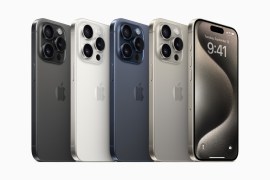Nothing Phone 1 vs OnePlus Nord 2T: which is best?
Can the debut effort from Carl Pei's new company best the affordable entry from his old one?
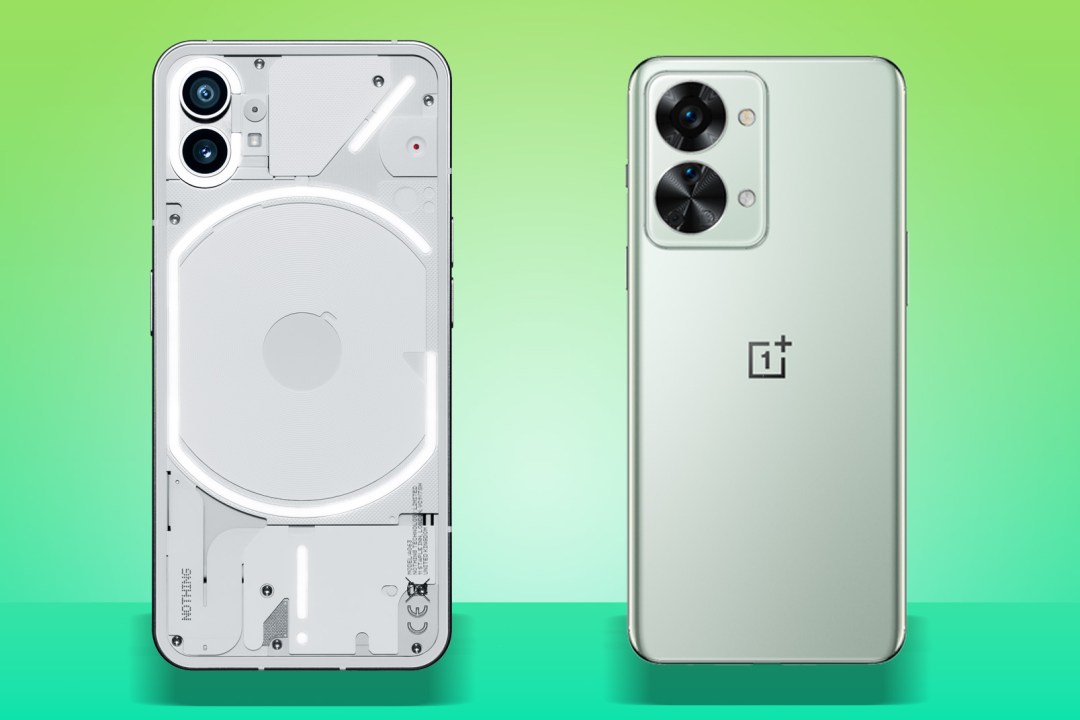
Nothing’s first smartphone is finally official, and a lot more affordable than many were expecting. But there’s no shortage of cut-price competition out there – how does it stack up to big hitters from more established brands?
There’s no better way to find out than looking at the latest handset from Nothing founder Carl Pei’s previous company. The OnePlus Nord 2T sits at the top of that firm’s wallet-friendly line-up, but beneath the main OnePlus models – putting it in direct competition with Phone 1.
Which handset is the one worth spending your cash on right now? Here’s what we think.
Nothing Phone 1 vs OnePlus Nord 2T: price & release date
The OnePlus Nord 2T is available to buy now. The range starts at £369 for an 8GB/128GB model, rising to £469 for the 12GB/256GB model.
The Nothing Phone 1 will go on general sale on the 21st of July. The entry-level 8GB/128GB variant will cost £399, with 8GB/256GB setting you back £449 and 12GB/256GB costing £499.
Nothing Phone 1 vs OnePlus Nord 2T: tech specs
| Nothing Phone 1 | OnePlus Nord 2T | |
| Display | 6.55in OLED 2400×1080, 120Hz | 6.43in OLED 1080×2400, 90Hz |
| Rear Cameras | 50MP (main) 50MP (ultrawide) | 50MP (wide), 8MP (ultra-wide) 2MP (macro) |
| Front camera | 16MP | 32MP |
| Processor | Qualcomm Snapdragon 778G+ | MediaTek Dimensity 1300 |
| RAM | 8/12GB | 8/12GB |
| Storage | 128/256GB | 128/256GB |
| Battery | 4500mAh | 4500Ah |
| Dimensions | 159x76x8.3mm | 159x73x8.2mm |
| Weight | 194g | 190g |
Design: see-through vs staid
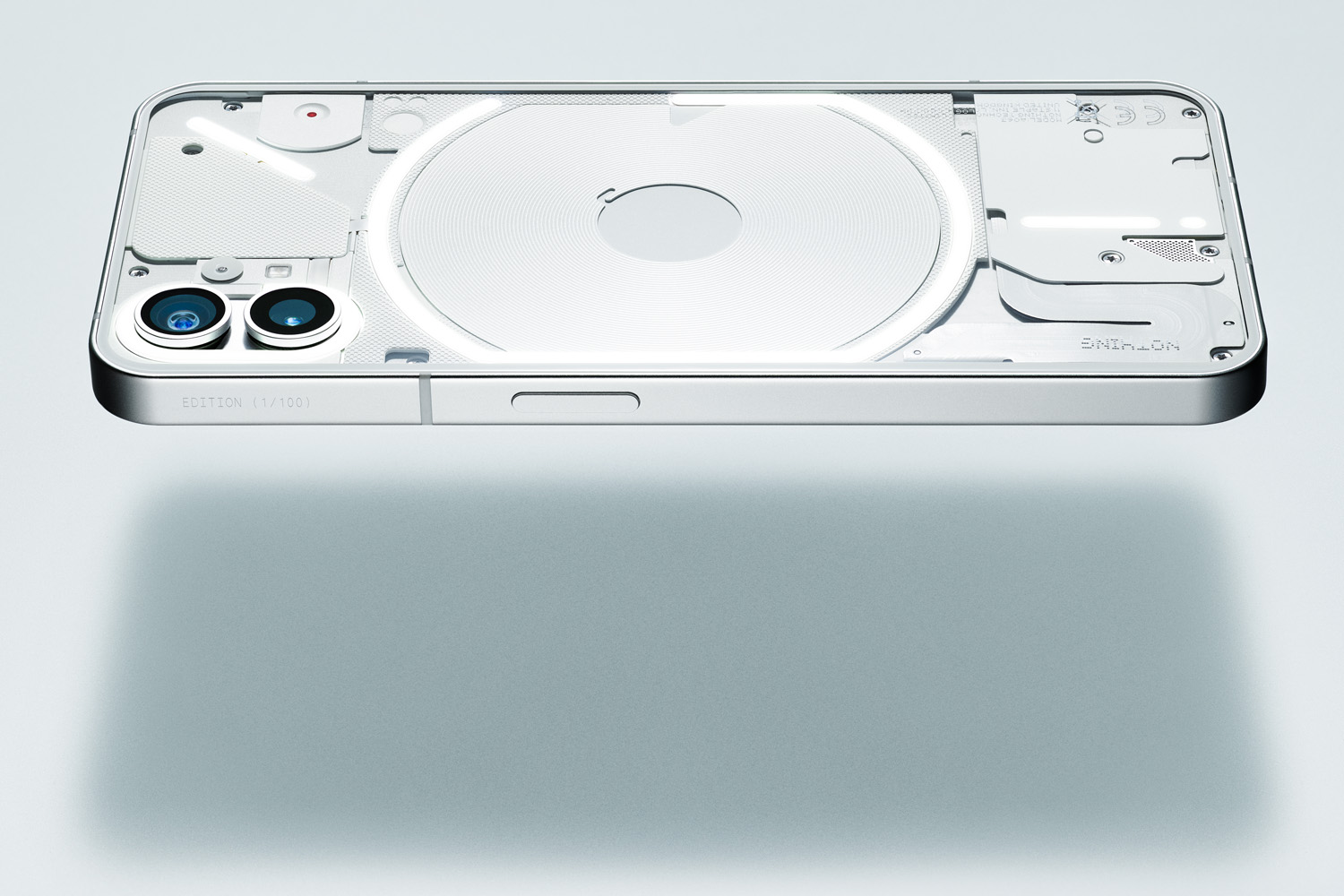
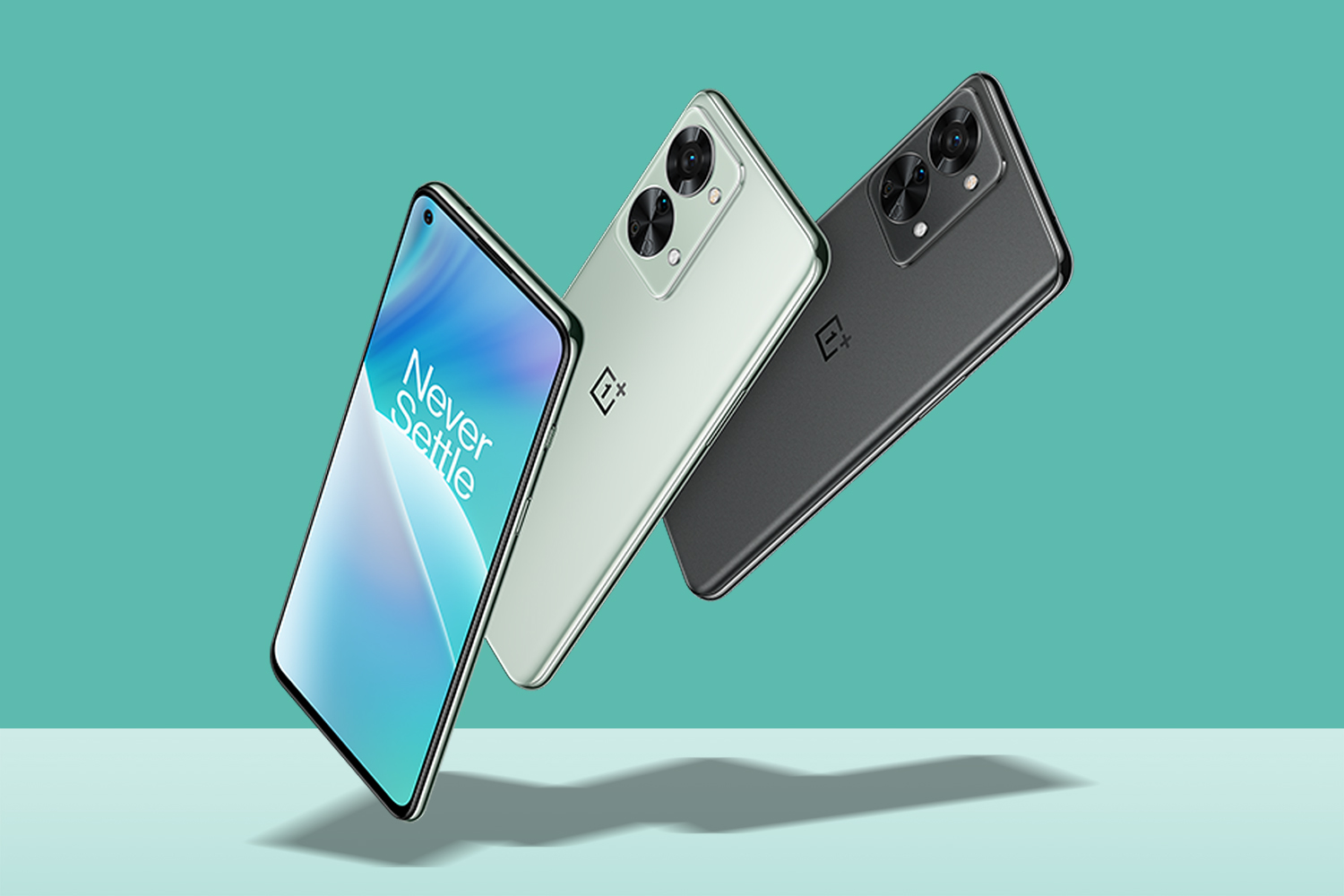
From the front, there’s not much to split the Nord 2T and Phone 1. Both opt for the familiar hole-punch camera cutout in the upper-left corner, and both have skinny bezels – although Nothing’s are even on all four sides, while the Nord 2T has a little bit of a chin where the bottom bezel is slightly thicker.
There are massive differences when you flip them over, though. The Nord 2T uses a tried-and-tested budget arrangement of plastic frame and glass front and rear, with slightly curved edges and a choice of two colours. Nothing has doubled down on its transparent aesthetic, with a metal frame (made from 100% recycled aluminium) and see-through rear, which reveals internal components like the wireless charging coil.
It also contains the glyph interface, a unique set of 900 white LEDs that illuminate to let you know about incoming messages and calls, show the remaining battery, and when the phone is reverse wireless charging another device. A single red LED lights up when recording videos, and the rest of the LEDs can act as a fill light for close-up photography.
Despite the overall shape having a real iPhone vibe, the transparent tech makes the Phone 1 something truly distinctive and makes much more of a statement than the by-the-numbers Nord 2T.
Verdict: Nothing Phone 1
Screen: Smooth or smoother
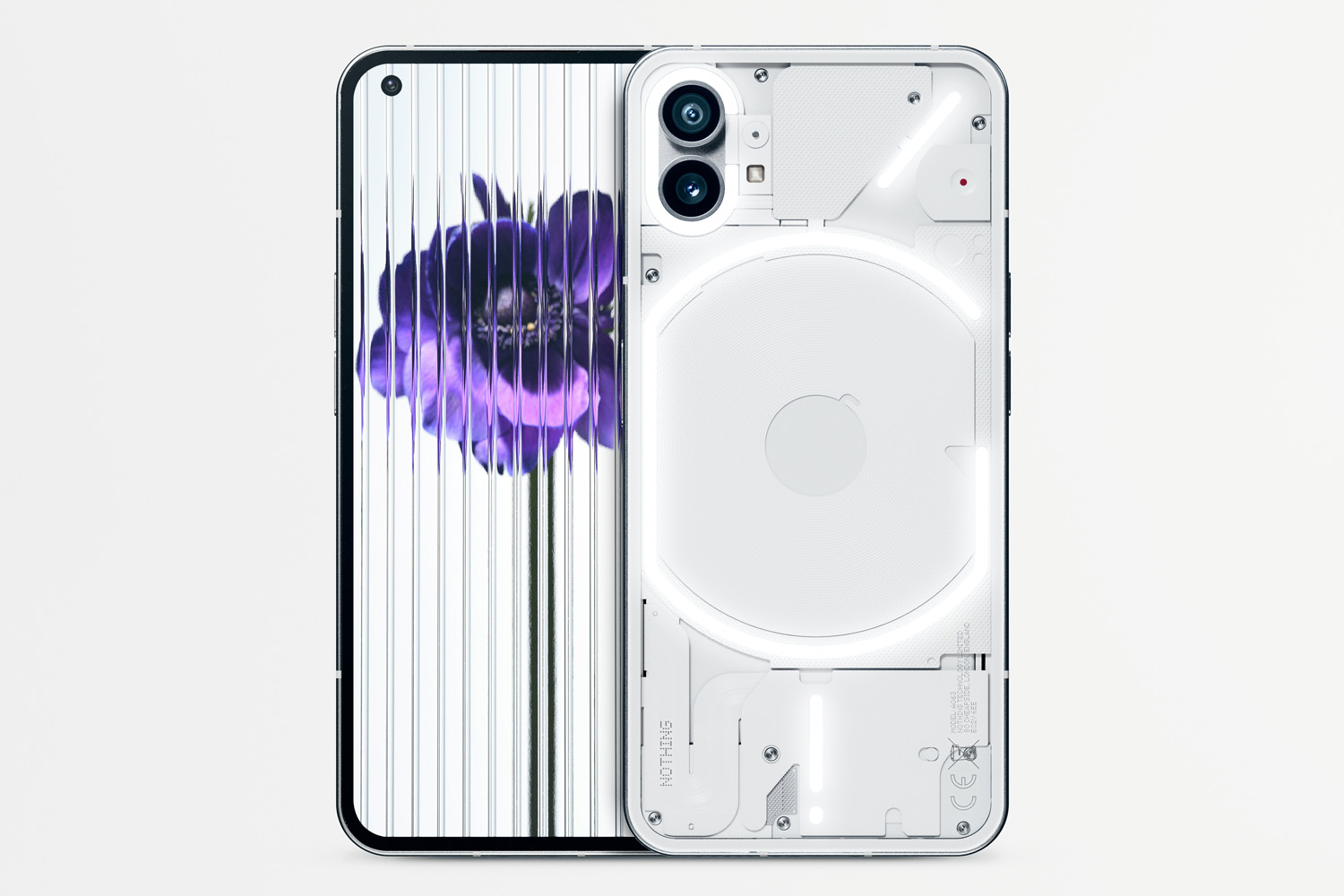

AMOLED screens are pretty much the standard for all phones above a certain price now, and both companies deliver. The Nord 2T’s slightly smaller 6.43in panel has a slightly higher pixel density, but you’re unlikely to notice without a microscope. Both should deliver crisp, detailed images with plenty of colour. Some may prefer the OnePlus’ slightly smaller display,
The main functional difference is refresh rate. The Nord 2T tops out at 90Hz, while the Nothing Phone 1 climbs up to an even smoother 120Hz. You’d need a side-by-side comparison to spot the difference in regular use, but Nothing takes the slight advantage.
Verdict: Nothing Phone 1
Camera: Two beats three

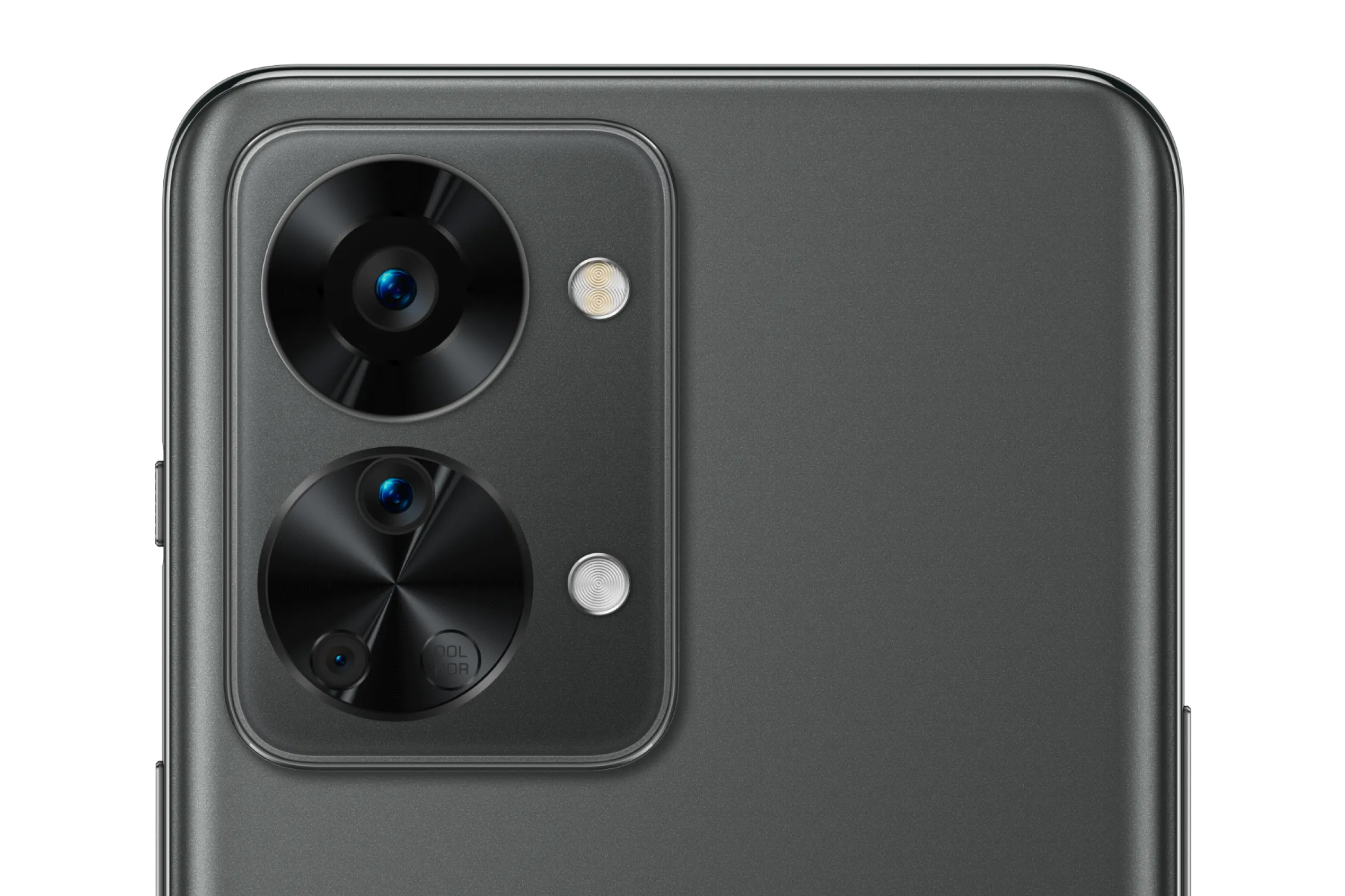
The Nord 2T takes a great daylight snap from its main camera, but OnePlus’ approach of “more” rather than “better” leaves it at a disadvantage on the photography front. Its ultrawide camera tops out at 8MP, and the 2MP macro is barely worth bothering with.
Nothing has instead stuck with two lenses, and gone big on both, with 50MP sensors for the main and ultrawide. The latter should on paper deliver a lot more detail, and both have the benefit of the glyph lighting effects being usable as a fill light for close-up shots. Nothing’s ultrawide isn’t quite as crisp and clean as its main snapper in practice, but it still wins out over the Nord’s effort.
Ultimately image processing is what makes or breaks any smartphone camera. Both can take excellent photos in good light, and do an alright job at night too. You may prefer one phone’s treatment over the other, but we think Nothing has the edge.
Verdict: Nothing Phone 1
Performance: pulls one back

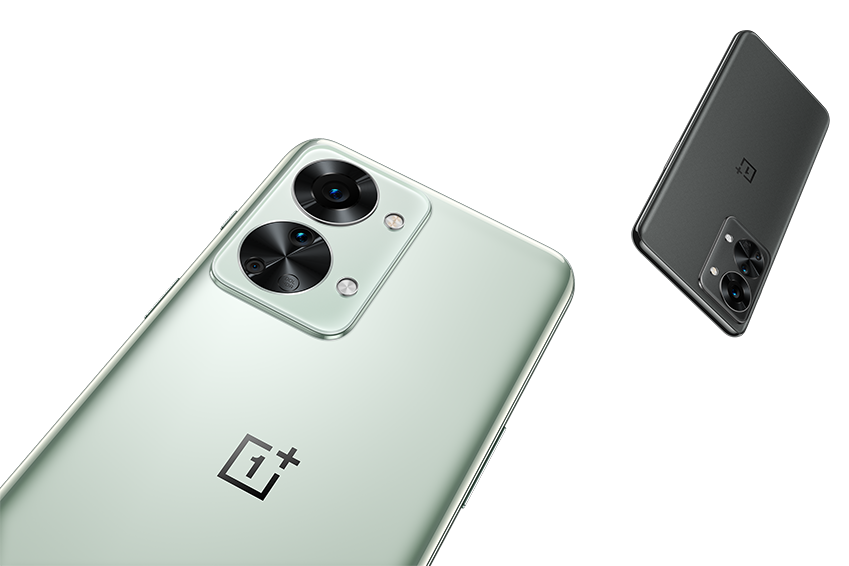
The Nothing Phone 1 is no slouch, even with a decidedly mid-tier Snapdragon 778G+ CPU running the show. There’s plenty of power from the eight-core chip to run Android 12 smoothly, and most games should run well at the handset’s Full HD+ resolution – albeit with a few detail settings dialled back.
When it comes to benchmark tests, though, the OnePlus Nord 2T wins out with its MediaTek silicon. This should translate into faster app opening times, better multitasking and higher game frame rates – although it’s not like this is a flagship chip. Performance is still on par for the price, it’s just you’re getting a little more of it here than you will with the Nothing phone.
The two phones are tied on memory and storage, with both offering a choice of 8GB and 12GB, and 128GB and 256GB respectively.
Verdict: OnePlus Nord 2T
Battery and perks: Pick your power
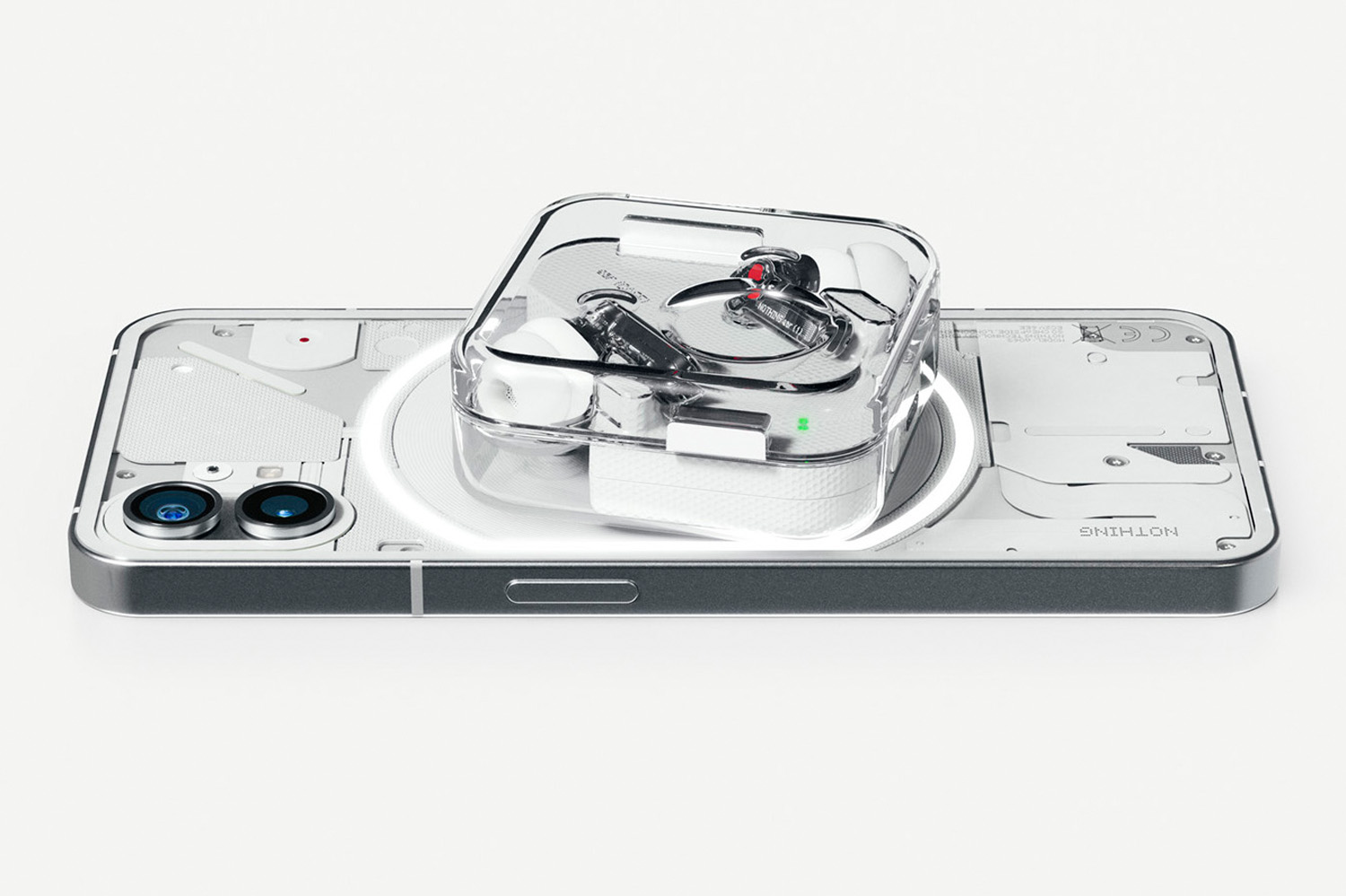

The Phone 1’s 4500mAh battery should have a slight edge over the OnePlus Nord 2’s identically-sized cell. That’s because Qualcomm’s CPU is a little less power-hungry than MediaTek’s, based on phones we’ve tested previously with similar hardware. In testing that didn’t quite pan out, with Phone 1 being thirstier than we expected. It typically lasts from morning to early evening in regular use, but is no stamina champ. That may change over time with software updates, but right now the OnePlus lasts longer.
The Nord 2T has the benefit of faster charging, with support for 80W wired top-ups, while the Nothing Phone 1 tops out at 50W. Both should still manage a complete refuel in around an hour. Importantly, with the Nord 2T you get a compatible charger in the box – Nothing only supplies a USB-C cable in its box, leaving you to supply your own charger.
On the other hand, Nothing claws things back with wireless charging and reverse wireless charging – something you won’t find on any similarly-priced phones. Qualcomm had to bake support for these features into its CPU especially for the firm.
Verdict: OnePlus Nord 2T
Initial verdict: Nothing seals the deal
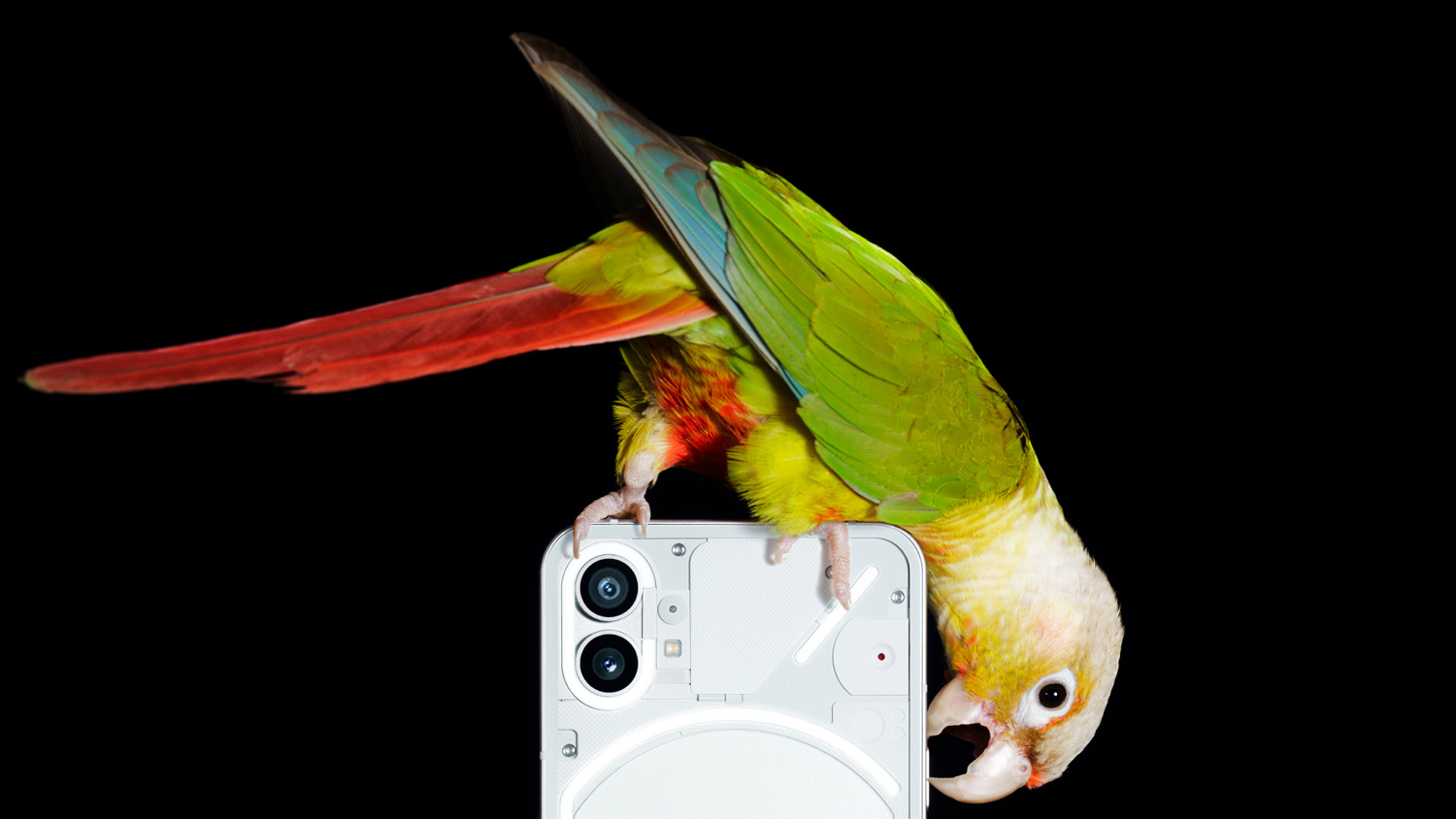
The Nord 2T is a well-rounded and keenly-priced phone that lacks any kind of wow factor. Put side by side with the eye-catching Phone 1 and it was inevitable Nothing would take a resounding victory. We’d much rather have that phone’s glyph lighting, transparent design and minimal UI, even if it carries a slight price premium.
The Nord may have an extra rear camera, but we don’t think the 2MP macro is worth your time, and Nothing’s high-resolution ultrawide is a step above OnePlus’ 8MP wide-angle shooter. The OnePlus does last longer, though, and charges faster to boot – even if it does without wireless charging.
Unless you’re on a particularly tight budget, or don’t fancy waiting to get your hands on the Phone 1, we think Nothing’s handset is absolutely the one to go for.
Winner: Nothing Phone 1

